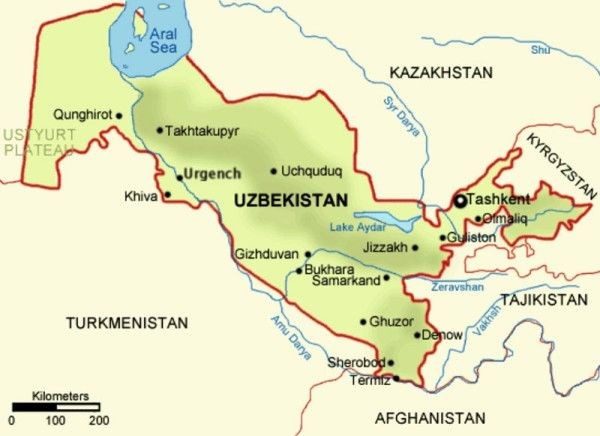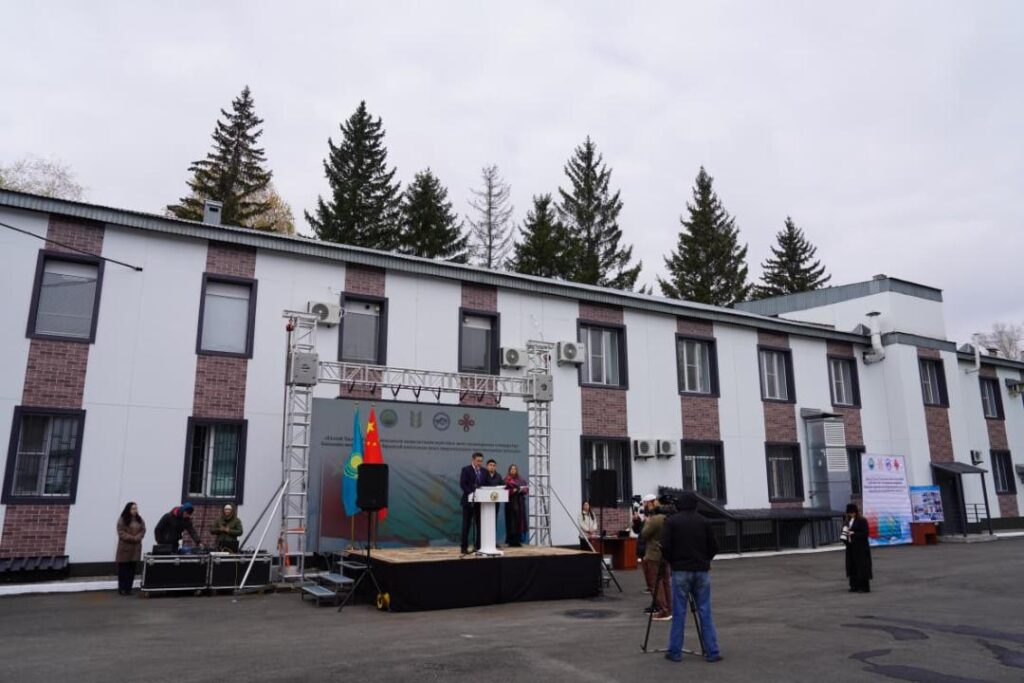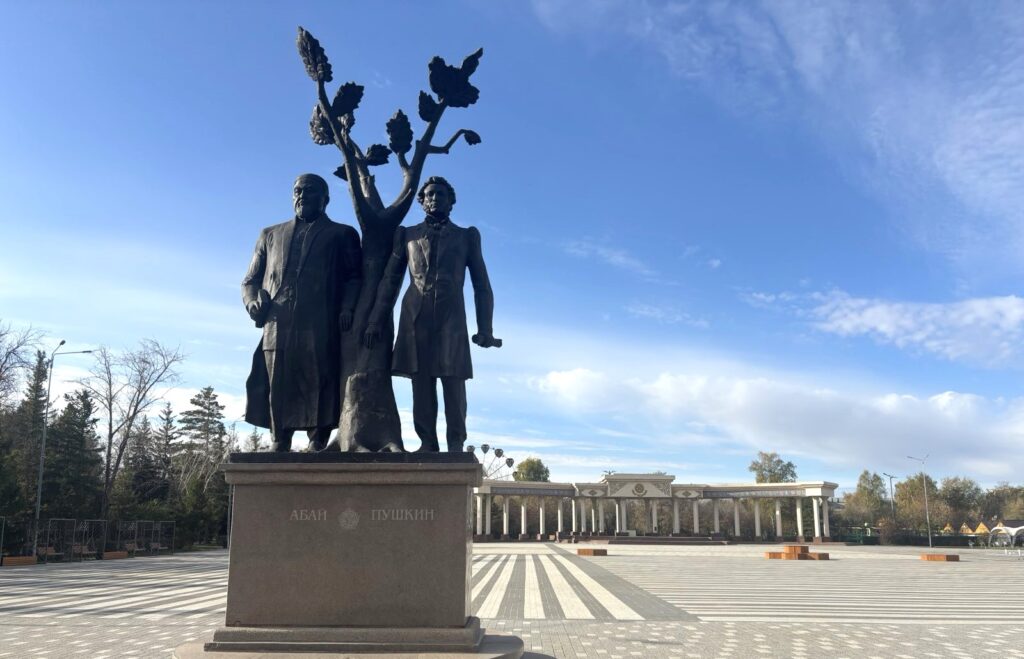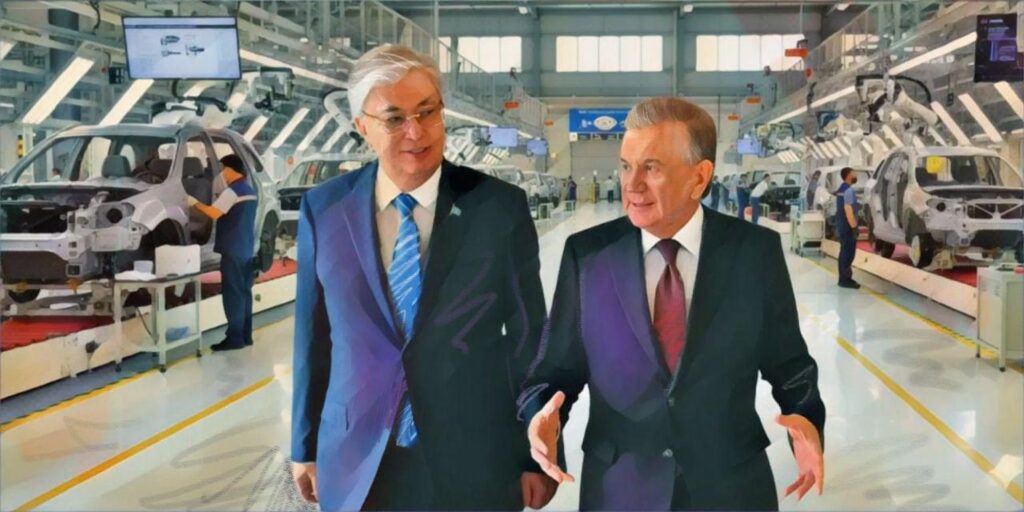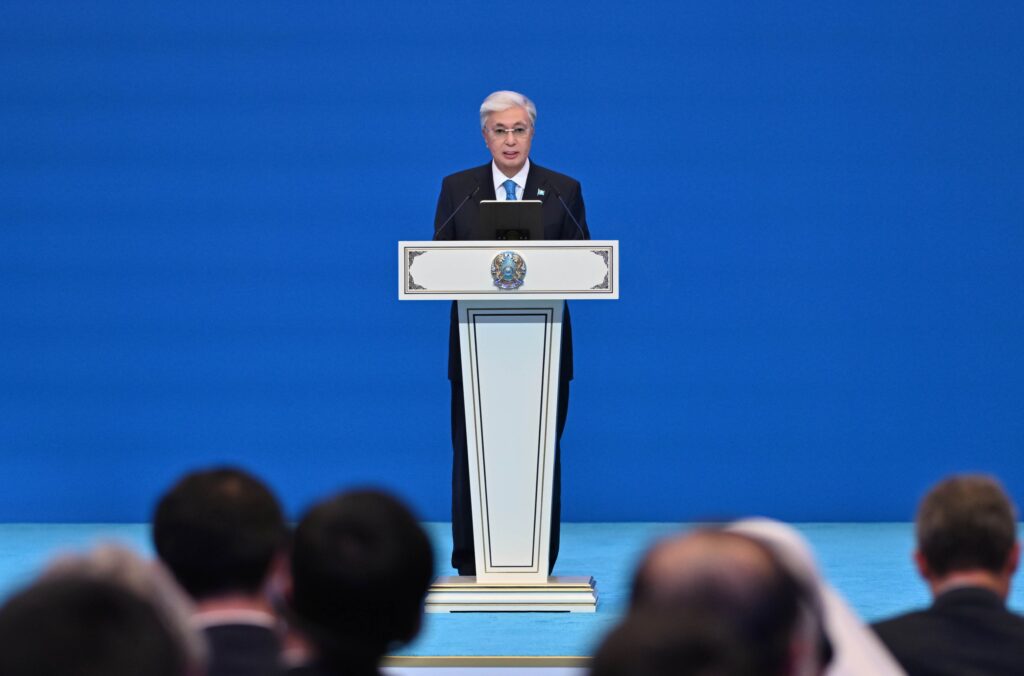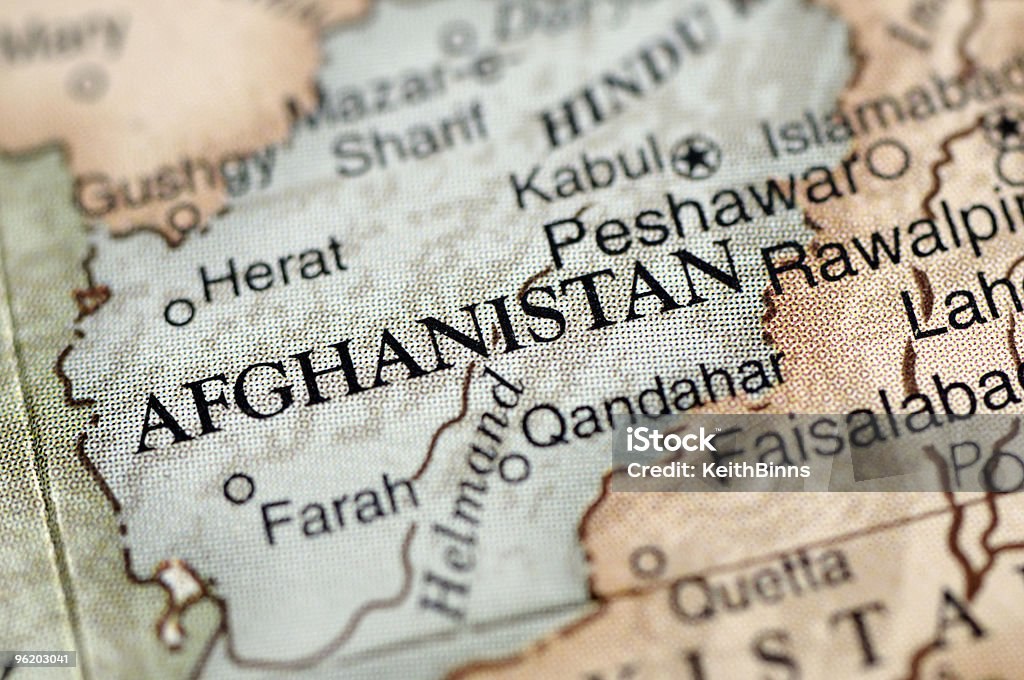TASHKENT (TCA) — High levels of unemployment remain the main factor in persistent numbers of Uzbek citizens wandering out, mainly to the Russian Federation, looking for better paid jobs. But it looks as though an improving economy is now starting to make it more and more attractive for Uzbek migrant labourers to try their luck at home once more, despite the draconic grip by the state on economic activity and still rampant corruption and extortion.
According to figures provided by the Central Bank of Russia, migrant labourers brought the equivalent of 335 million in US dollar (most transfers are made in Russian rouble) back home in the first quarter of 2016. This represents an average of $335 per person and an overall decrease of 28 per cent year-on-year.
Uzbeks remain the most numerous among Central Asia’s migrant workers in the Russian Federation, but the exclusion of Uzbekistan from the free labour movement and cash transfer zone of the Eurasian Economic Union, for the Uzbeks there could be another reason as well: better opportunities at home.
Macroeconomic fantasies and realities
“Rather than liberalise its economy and adopt the economic reforms suggested by international financial institutions, Uzbekistan has preferred to set up a system based on import substitution under strict state control,” an analysis written by European Parliament official Roberto Bendini posted as early as 2013 read. Of course the country’s economy is far from fully market oriented, with the private sector still playing a very limited role in a system dominated by the state. This explains much of the outflow of working forces to their near-abroad. But in contrast to countries such as Tajikistan and Kyrgyzstan, which have proven to be unable to reconcile globally dictated macroeconomic fantasies with realities on the ground, the Uzbeks have come a long way by putting the latter on top of their agenda ever since the republic became independent back in 1991.
External trade surplus
According to statistics provided by Trade & Economics, which monitors the world’s nations’ economic performance based on calculations from the World Bank, during the second quarter of the current year Uzbekistan’s imports were worth 12.4 billion in US dollar against exports bringing in $12.9 billion. A modest but significant half-billion external trade surplus has been achieved distinguishing itself from the persistent trade gaps in neighboring states.
According to the government, the number of enterprises involved in export increased by 600 during the first half of this year, adding 208 new products to the list of exported goods. Among them were the 30 entire enterprises sold to foreign investors and numerous buyers of the 305 “state assets” bringing in 267.5 billion Uzbek sum, or close to 100 million in US dollar, for the state coffers but with an economic spinoff far beyond the order of that amount.
Steps in the right direction?
What is even more striking is that the Uzbeks did it not thanks to lavish incomes in single-commodity sales (like Kazakhstan or Azerbaijan) but mainly by diversifying commodity exports while reducing imports through domestic industrialization. The target for 2020, set at $13 billion in exports against $10.7 in imports. In other words: what governments of Kazakhstan, Kyrgyzstan and Tajikistan have been promising for almost two decades, the Uzbeks are actually doing.
Whether they have done enough, even if they did all they possibly could, is a different question, though. And if the answer is no, why it is so could well be found in employment figures. According to the government, steps in the right direction have been giant of late. “In January-December 2015, the number of economically active population of Uzbekistan comprised 13,767,700 people, or 44 per cent of the total population,” a report published in late March this year by the semi-official newsreel UzReport was to read. On-year growth in employment, however, averaged only 1.9 per cent, with none of the main economic sectors having increased jobs by more than close to 4 per cent. The agency put the number of registered unemployed entitled to state allowances at 709,400 – significantly higher than international estimates indicate.
Improvement in living standards
Is this now changing? It looks as though the elements for it more or less fit together. In a fresh report posted in mid-July, the results of the first half were summed up – including an overall economic growth of 7.8 per cent, an increase in industrial output of 6.7 per cent (including a 17.5 per cent in the construction subsector and 12.9 per cent in services), all year-on-year. “Grain, energy and transport-communication independence has been achieved in the country,” in the report’s words. “The share of industry in the economy has reached 34 per cent, with the share of finished products in the export structure exceeding 70 per cent. The volume of consumer goods per capita increased 7 times, real incomes – more than 12 times. Over 60 per cent of the state budget is channelled towards social sector development.”
Last but not least, the report also mentions that 462,500 “new jobs” have been “created”, of which 276,700 are located in “rural areas”. Salaries average close to the equivalent of 270 US dollar per month. It should be noted, though, that wages in rural areas are probably a mere fraction to those paid in cities. This does not elude the fact that the indications of improvement in living standards in Uzbekistan could well be a reason for labour migration to decrease as well in years to come. Time will tell…
This is Part 2 of a series of articles about the problem of labor migration from Central Asian countries. It will be followed by an article on Tajikistan.
Part 1 can be read here
